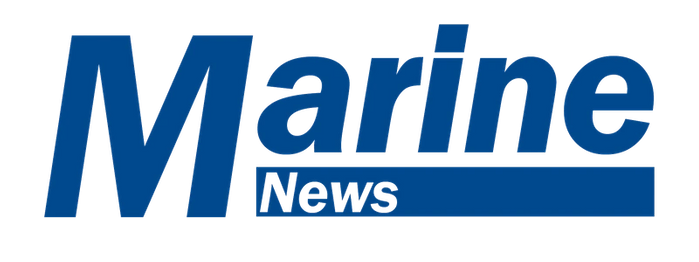Insights
Mariner Credentialing
Modernizing Mariner Credentialing: A Maritime Workforce Imperative
By Patrick Parsons, Counsel and Director – Government Affairs, AWO
While its implementation can sometimes take partisan forms, the goal of efficient delivery of government services is something that all Americans—both members of the public interacting with the government, and the government officials providing those services—can, and do, support. For the maritime industry, there are few government services more important than credentialing America’s merchant mariners.
While Congress and the U.S. Coast Guard have recognized the need to modernize mariner credentialing and have taken some initial steps to begin that process, the Trump Administration can deliver the double-win of improving government efficiency and strengthening economic, national, and homeland security by making it a priority for the Department of Homeland Security (DHS) to rapidly develop and implement the new NAVITA web-based mariner credentialing portal.
To its credit, the National Maritime Center (NMC) has tried to make the best of a bad situation. Its multiple databases with mariner credentialing information were never designed to function together as anything resembling a cohesive IT system. And decisions to shift away from paper-based application processes and adopt new printing methods have been necessary adaptations.
But despite those efforts, processing times can fluctuate wildly, and the entire process is often balancing on a tipping-point where a seasonal surge in applications, NMC staffing shortage, or government shutdown can push processing times to dangerous levels that take months to resolve.
Like most American industries, the maritime industry has challenges attracting and retaining mariners that want to build a career working on the water. While recruiting challenges have eased for many tugboat, towboat, and barge operators, retention—and especially retaining recently-recruited mariners—continues to pose challenges. The current mariner credentialing system is often the proverbial straw that breaks the camel’s back when mariners cannot start work in the industry, have to miss work or a hitch due to credential renewal delays, or have their career advancement slowed waiting on credential applications. What might start as a temporary job for a mariner working shoreside, driving a truck, or even working retail to make ends meet while waiting for authorization to serve onboard a vessel can become that mariner’s new career path when the credential application process drags on.
For many mariners, the credentialing process is their first interaction with the Coast Guard, and it unfortunately often leaves them with a negative impression of America’s premier maritime law enforcement agency. That’s a disservice to American workers and a disservice to the men and women of the Coast Guard. It must be fixed, and it can be fixed by prioritizing NAVITA.
In a 2023 report from the U.S. Government Accountability Office, DHS outlined the timeline for a new mariner credentialing system. It indicated a September 30, 2024 contract award, with initial deployment by September 30, 2026, and full operating capability by March 31, 2027. That timeline is already behind schedule. In February, the Coast Guard began soliciting vendor interest with a March 3 deadline for providing quotes for the development of NAVITA. Even if the Coast Guard selects a vendor and finalizes a contract award by the end of the month, the process is already 6 months behind that initial schedule.
The solution is not to rush through a poorly developed replacement system. The Coast Guard must continue to actively engage the maritime industry, particularly through its National Merchant Marine Personnel Advisory Committee, to ensure the final product efficiently serves mariners. But now is the time for the new Trump Administration and DHS to take a leadership role in directing adequate staffing, expertise, and financial resources—in coordination with Congress—to get NAVITA back on track by setting aggressive implementation timelines that include industry engagement and testing.
American merchant mariners are at the front lines of protecting the 25,000 miles of navigable rivers, canals, and coastal routes that make up our maritime borders. They’re on the front lines delivering military fuels and cargos and assisting military vessels in and out of port every day. And they’re on the front lines maintaining the flow of maritime commerce to ensure America’s economic prosperity.
But in many cases, they can only do that after waiting for their credential from the Coast Guard.
To support American mariners in careers on the water that protect and serve our country, NAVITA must be a priority for the government, and The American Waterways Operators is working with leadership throughout the Trump Administration, DHS, and Coast Guard to bring that to fruition.

About the Author
Patrick Parsons is Counsel and Director – Government Affairs with The American Waterways Operators, the national trade association of the American tugboat, towboat and barge industry.

